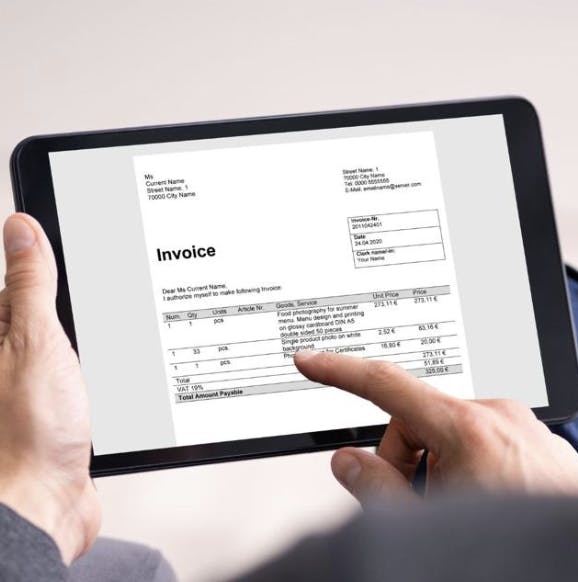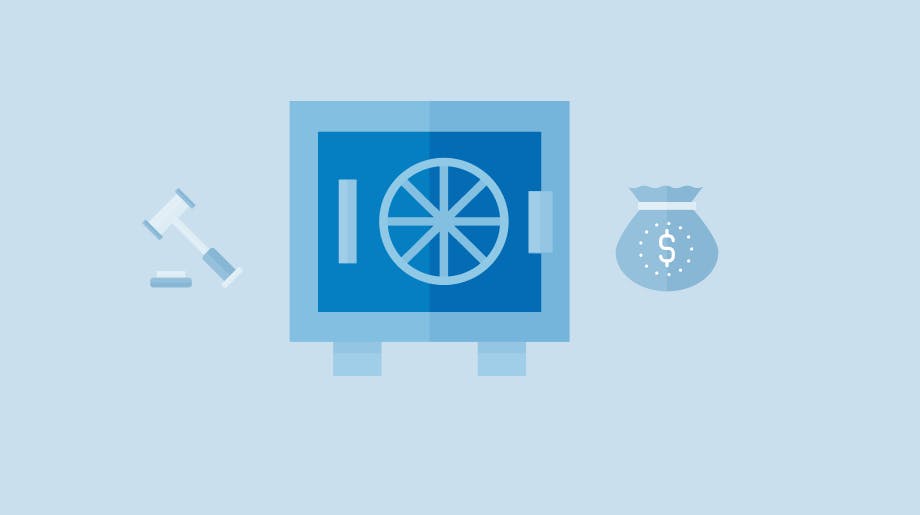You have agreed with the client on the scope of work and the financial evaluation, you have sent the finished work together with the invoice, and suddenly he stopped communicating? In this article you will learn how to proceed with debt recovery.
Notify the debtor of an unpaid invoice
If your invoice is several days past due, remind your client of the unpaid invoice. Sometimes your client may have been on holiday, an email got caught in spam or there was just a mistake by their accountant who should have cashed the invoice. If even after this reminder the invoice is not paid, write a second reminder and state that you will take certain steps if the invoice is not paid by a specific date, which may include putting the debtor on the debtors' register or sending a pre-action notice. Inform the client in advance of what you will do if they do not pay the invoice by the date you specify, usually 7 days.
We are now preparing an automatic option for the PREMIUM tariff to send e-mails to notify you of the end of the due date or overdue invoice. It will take just a few clicks to send the email, saving you a lot of time.
Debtor's disclosure
If the invoice has not been paid after several reminders, you can proceed to the next step, which is the publication of the debtor in the Central Register of Debtors. Being listed on this register is certainly not good for a business's reputation, so once you have alerted the client that you are about to take this step, it is possible that they will promptly pay the invoice.

Pre-suit notice
The pre-action notice must be sent by registered letter or by data mail at least 7 days before the filing of the action itself. If there are more than one debtor, the pre-action notice must be sent to each of them.
The pre-suit notice should include:
- the amount of the debt
- identification of the debtor and creditor
- a description of the circumstances under which the debt was incurred
- a call for payment
- a notice that you intend to pursue the debt in court
- the date and signature (of the creditor or his legal representative)
Filing a lawsuit
In the pre-suit notice, you stated that if payment was not made, it would go to court. Again, you can bring the action yourself or be represented by a lawyer.
The statement of claim should include:
- the name of the court to which it is addressed
- identification of the parties to the proceedings, that is, the plaintiff and the defendant, and, where appropriate, the legal representative
- the name of the action
- a description of the relevant facts
- identification of the evidence
- the proposed solution or what the applicant seeks
- date and signature
If the action is properly brought and supported by evidence, the court may issue an order for payment without a hearing. If the basis for the decision is not clear, court proceedings are initiated. The fee for the court proceedings is 5 % of the amount sued. However, if you win the lawsuit, the costs of the court fee will be paid by the other party.




